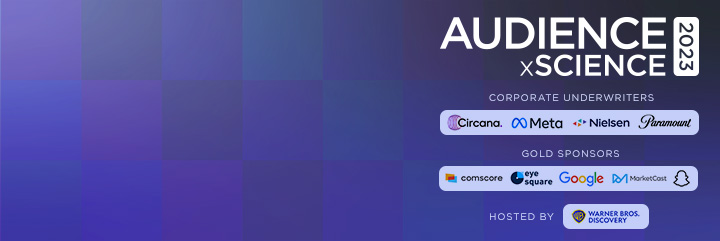- Past Event Highlights
- Article
The New State of TV
Greg Dale – Chief Operating Officer, Comscore
Fifty years ago, defining TV was pretty simple but the video landscape has changed dramatically in the last 10 years. Video is growing today, and this is driven by CTV. TV formats have their own personalities and content to define them. TV should not be approached in isolation because that is not how consumers approach it.Key Takeaways
- The rapidly changing landscape: 70% of U.S households have at least one connected TV; Roku and Amazon are still among the top OEMs; 94% of viewing on linear is still live or same day.
- Growth is due to the increase in streaming especially FAST which are having double digit growth. But how will the landscape unfold as, and if, the economy downturns. TUBI expects one in three streamers to reduce their channels.
- There has been a rapid decline in pay subscriptions over the last 5 years from 66% to 43% with a concomitant rise in cord cutters. Cord-nevers have leveled off at 13% having risen to 20% in 2020.
- COVID caused a rapid bump in viewing of TV and video, it retreated during 2021. But now we are seeing a renewed growth in the total amount of television and video. While there is a slow erosion, linear is still alive and well.
- One important story is the growth overall of exposure to video through different channels such as gaming and social. But it is content as well as mobile availability that is driving growth. Nearly 50% of linear content consumed is news, sports and movies. However, movies have lost a 5% share over the last 5 years, no doubt the loss coming from the growth of SVOD.
- Sports occupies a unique place in content. It accounts for more than half of all social media posts, and sports fans index at 124 for pay tv subscriptions.


